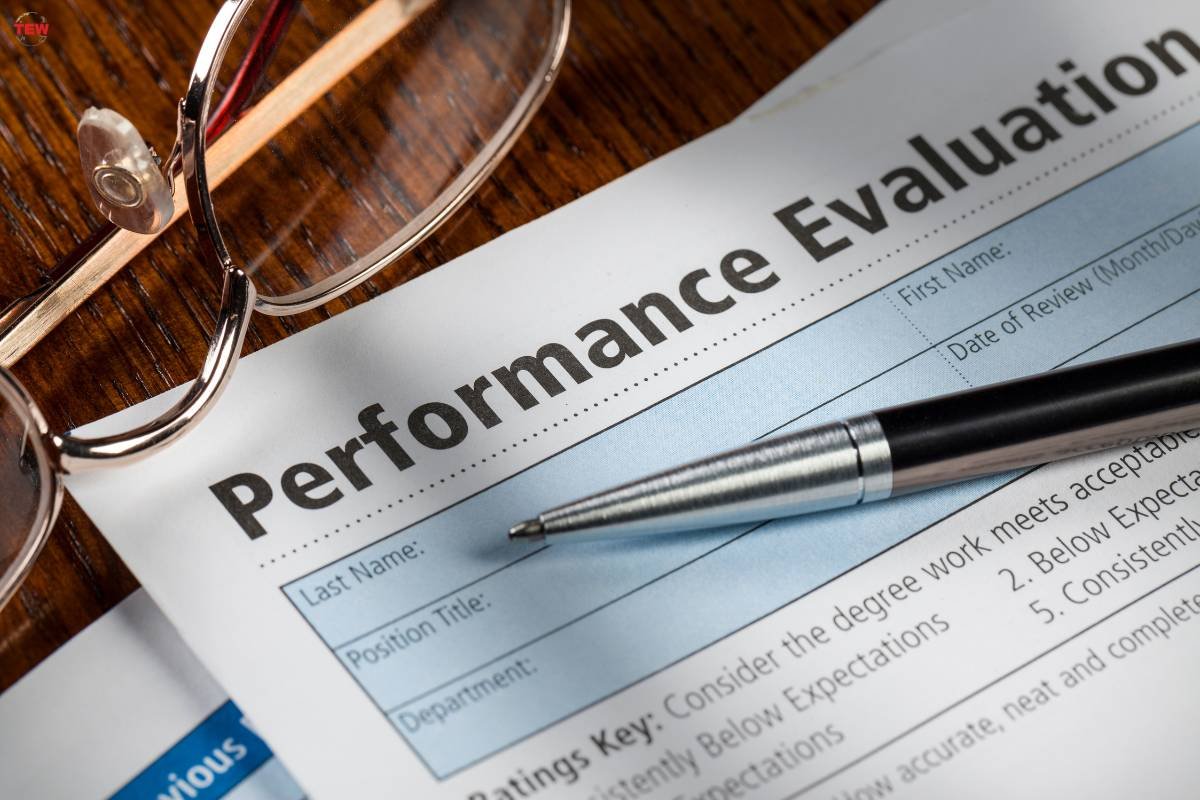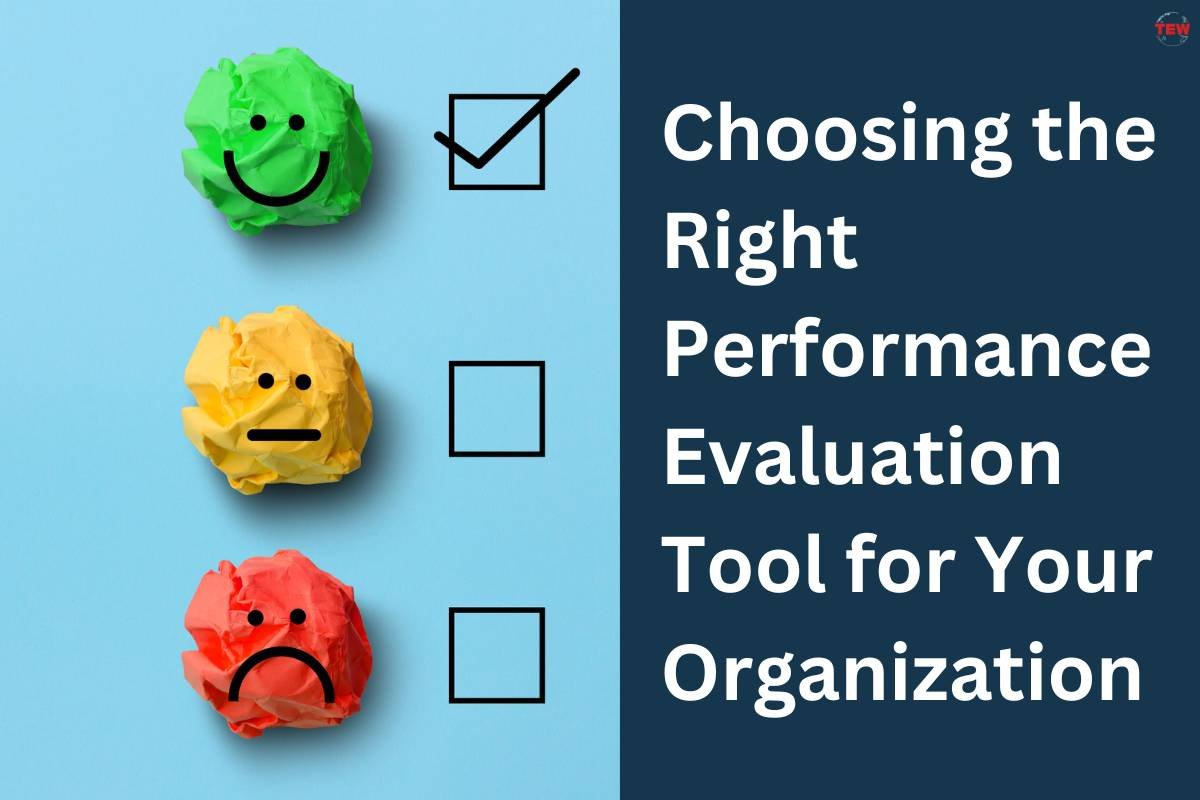Performance evaluation tool is a critical component of organizational growth and development. It enables organizations to assess employee skills, competencies, and behaviors, while also facilitating continuous improvement.
However, with the advent of technology, the landscape of performance evaluation has evolved significantly. Organizations now have access to a wide array of tools and platforms designed to gather comprehensive feedback from various perspectives. This in turn aids in informed decision-making and talent management.
In this article, we’ll delve into the considerations and factors that should guide your organization in selecting the right performance evaluation tool.
Understanding the Need for a Tailored Solution
Before diving into the features and functionalities of various performance evaluation tools, it’s essential to assess your organization’s unique requirements. What works for one company might not necessarily suit another. Start by identifying your organization’s goals for implementing a performance evaluation tool.
Are you looking to foster a culture of continuous improvement? Is leadership development a priority? Are you seeking to identify skill gaps and facilitate targeted training? By understanding your specific objectives, you can narrow down the tools that align with your needs.
Factors to Consider

Key factors that warrant consideration when determining the ideal performance evaluation tool for your organization:
1. 360-Degree Feedback Capability
An effective tool for evaluating performance should facilitate input from various viewpoints, encompassing colleagues, subordinates, managers, and even self-evaluation. This all-encompassing method offers a comprehensive understanding of an individual’s performance and skills.
In actuality, as indicated by experts, as many as 90% of Fortune 500 companies integrate the 360 feedback survey into their assessment processes. Noteworthy firms like Netflix, General Electric (GE), and Facebook are among those who adopt this approach.
These enterprises value the all-inclusive evaluation of employee performance and comprehend that augmented data leads to more enlightened business decisions.
2. Customization Options
When choosing performance management software, it’s imperative to acknowledge that each organization possesses its own distinct set of competencies and evaluation benchmarks.
Therefore, it’s advisable to seek out a tool that enables customization of assessment forms, inquiries, and rating metrics. This customization should guarantee congruence with the organization’s distinctive culture and goals.
While some performance management software platforms can be highly tailored to specific needs, this heightened customization often accompanies intricate system management challenges.
Conversely, there exist platforms with limited flexibility for customization. In most cases, performance management software strikes a harmonious balance by offering an array of customization choices that generally cater well to most businesses.
As HR leaders collaborate on software selection, it’s essential to keep end-users in mind, determining the optimal extent of customization. G360 Surveys notes that opting for an overly complex configuration could potentially complicate the performance review process for both managers and employees. Such complexity will amplify the risk of configuration-related issues.
3. Ease of Use and Accessibility

Choosing a tool that prioritizes user-friendliness and universal accessibility for employees, regardless of their technical skills, is crucial. By ensuring an intuitive interface, the tool becomes more inclusive and practical for a diverse user base. This objective is notably bolstered by utilizing a cloud-based platform.
It brings the added advantages of adaptable accessibility from different devices and locations, as well as simplified updates and maintenance. The cloud-based approach not only facilitates easy access but also enhances collaboration, promoting efficiency and ensuring a seamless user experience throughout the organization.
4. Data Analysis and Reporting
Seek out a robust tool that goes beyond data collection, offering valuable actionable insights. Prioritize features that facilitate data analysis, trend recognition, and predictive analytics, all of which play a pivotal role in aiding strategic talent planning. It’s worth noting that companies that offer consistent feedback showcase a noteworthy 14.9% decrease in turnover rates. This stands in contrast to those that don’t offer such feedback to employees.
5. Data Security and Privacy
Given the sensitivity of feedback-related information, prioritizing data security is crucial. It’s noteworthy that in the first quarter of 2023, global data breaches resulted in the exposure of more than six million data records, as reported by Statista. It’s imperative to verify that the tool aligns with established industry norms for safeguarding data and ensuring privacy.
6. Scalability

Choose a tool that can grow with your organization. Whether you’re a small startup or a large enterprise, the tool should accommodate your changing needs and expanding workforce.
7. Training and Support
Adequate training and ongoing support are crucial for successful implementation. Select a provider that offers training resources, webinars, and responsive customer support.
8. User Experience
The tool’s interface and user experience play a significant role in its adoption. An intuitive and aesthetically pleasing design can encourage active participation from employees.
Conclusion
Choosing the right performance evaluation tool is a strategic decision that can impact your organization’s success in the long run. By understanding your organization’s goals, assessing the tool’s features, and considering the factors discussed above, you can make an informed choice.
Remember, the right tool isn’t just a technology solution; it’s a catalyst for fostering a culture of continuous improvement, enhancing employee development, and driving organizational excellence.




